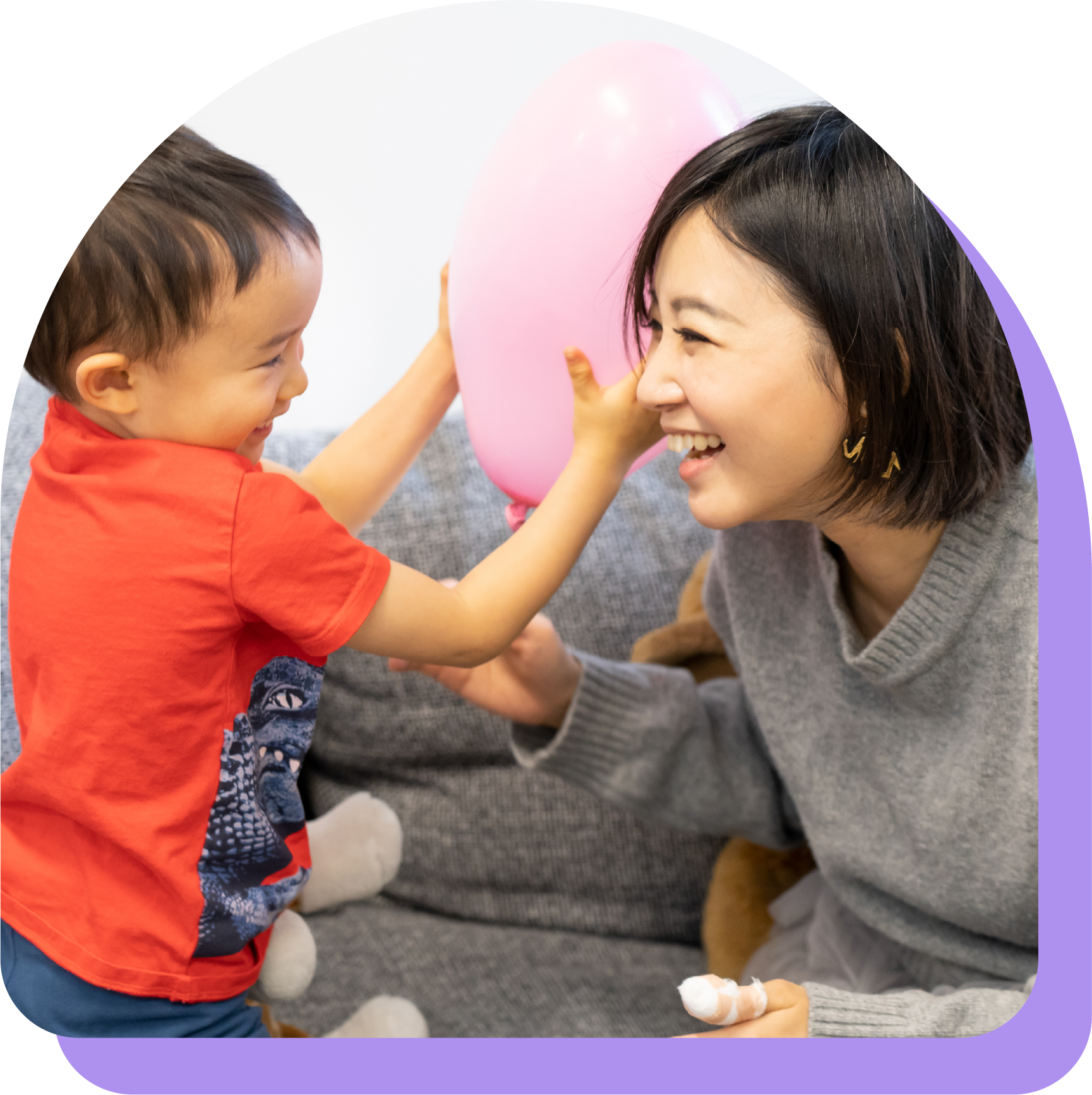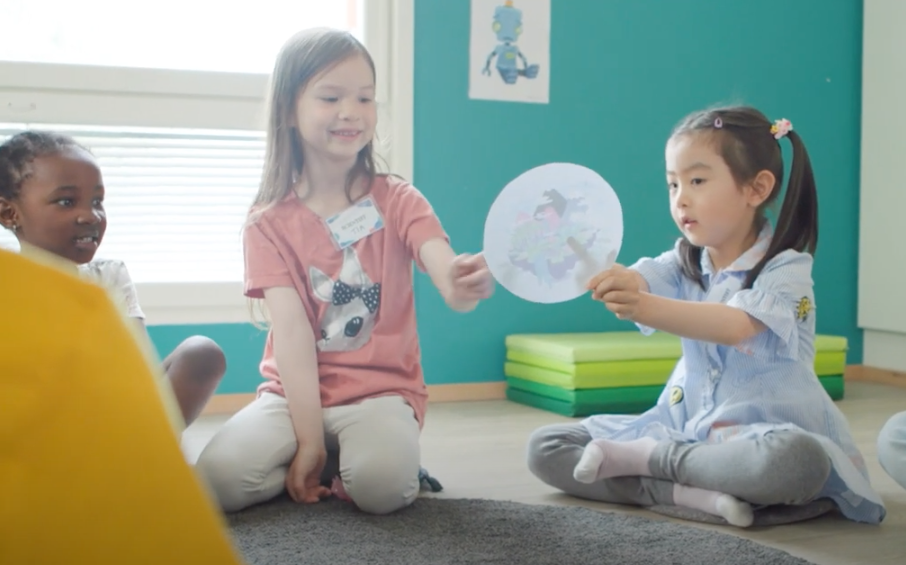Kide Science: making STEAM toddler-sized!
How one teacher easily adapts Kide for children under 3 years old.

Creating inclusive, high-quality learning experiences for mixed-age groups can feel like a juggling act, especially when toddlers are involved. With short attention spans, a need for movement, and safety concerns to consider, it’s no wonder early years educators often feel overwhelmed.
But what if your science lesson didn’t require saying “no” to your youngest learners?
That’s the philosophy of Nina, a Finnish early years teacher who uses Kide Science with children under 3. In this case study from our Using Kide Flexibly series, Nina shares how she adapted the Kide lesson “Foaming Colors” to meet the needs of her diverse group, while keeping things safe, playful, and developmentally appropriate.
The Lesson: “Foaming Colors”
In this colorful STEM adventure, children help Hoseli the robot solve a mystery involving bubbling paint. The original activity explores color mixing and chemical reactions, but Nina knew she’d need to tweak it for her toddlers.
She grouped her class by age and used the built-in adaptation tips from the Kide lesson to personalize the experience. Older children used pipettes, counted drops, and explored color theory. But for her toddlers, Nina took a different approach.
Nina’s Approach for 0–3s
The guiding principle?
“Design a lesson where you don’t have to say ‘no’.”
This means creating an environment where even the youngest learners can participate fully and safely.
Here’s how she did it:
- Resourcing: Each child had their own jar and spoon to mix colors. No sharing, no spills. Stickers with their names helped build ownership and name recognition.
- Safety: Instead of baking soda and vinegar, Nina used sugar cubes—safe for accidental tasting and perfect for a follow-up painting activity.
- Developmental Fit: Toddlers focused on simple counting (1, 2, 3) and sensory exploration. The lesson was broken into shorter sessions to match their attention spans.
5 Toddler-Friendly Tips from Nina
Nina also shared her go-to strategies for adapting any Kide lesson for toddlers:
- Incorporate movement and sensory elements
Let children carry, pour, and explore with their whole bodies. - Keep it short and action-packed
Aim for 15–20 minutes of hands-on fun—skip the long explanations. - Break tasks into 3 simple steps
Use visuals and repetition to guide them through. - Bring stories to life
Use props, voices, and dramatization to make the narrative engaging. - Plan for safety
Choose materials that are safe (and ideally edible) for curious mouths.
At Kide Science, we believe that STEM is for everyone, including your tiniest learners. That’s why we’re building lesson-specific adaptation tips into every activity on our teacher platform, making it easier than ever to personalize your teaching for their younger needs.
And we're not stopping there! Throughout every Kide Science adventure, there are some easy tweaks and enhancements you can make to support your little ones. We have gathered these general tips, together with some lesson recommendations, on our 'Children Under 3' bundle page.

We’d like to thank Nina and all the wonderful Kide teachers who help us shape and improve our materials. As a company deeply rooted in research, we value the real-world insights of our educators and regularly collaborate with them to ensure our lessons are practical, inclusive, and impactful for every classroom.
If you'd like to use Kide Science for your toddlers, register for our free trial today.
See more blog posts and case studies about Kide Science's flexibility here.
Related articles
How an inspiring UK school saw remarkable progress in their young children’s science skills.
Develop STEAM, literacy, math, and so much more. Kide Science makes learning cross-curricular.
The pedagogical model that Kide Science utilizes is a result of academic research. Let’s have a...

-1.png)
.png)
